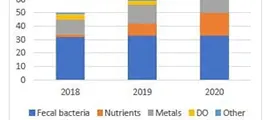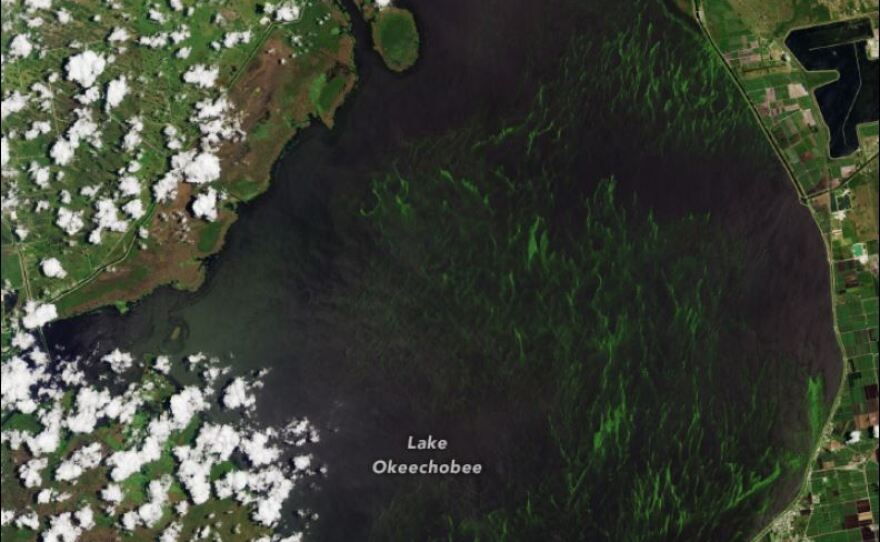Originally published in WGCU by Michael Braun on September 18, 2025
One cause for the murky appearance of Lake Okeechobee may be high levels of phosphorus, which stimulates algae growth.
Jason Pim, the advocacy chair for Calusa Waterkeeper, says the news shouldn’t be a surprise.
“Lake Okeechobee has been degraded by almost 100 years of our agricultural pollution. What people need to realize is the state of Florida is responsible for protecting and restoring water quality, but is failing to do so.”Pim said Lake O has been impaired for many years by nutrients like phosphorus and nitrogen, plus heavy metals such as iron and also its turbidity.
“The sad reality is, if we could stop all inputs to Lake Okeechobee today, which we can’t, there is still enough legacy pollution already in the lake and its sediment to fuel algae blooms for 50 years or more,” Pim said. “This is negative impacts on our ecosystems, wildlife, human health and our economy. The state of Florida must do more to restore Lake O and hundreds of other impaired water bodies across the state. Across the board, whether it’s agriculture, wastewater or development, our state is failing to hold these stakeholders accountable for their pollution loading everywhere, all across the state. Lake O is just one of the leading examples.”
Full Story

























